Philip Beesley is a professor in the School of Architecture, University of Waterloo who practices architecture and digital media art. He was educated in visual art at Queen's University, in technology at Humber College, and in architecture at the University of Toronto. Beesley’s work in the last three decades has focused on public buildings accompanied by field-oriented sculpture and landscape installations, exhibition and stage design. His experimental projects in the past several years have increasingly worked with immersive digitally fabricated lightweight 'textile' structures, and the most recent generations of his work feature interactive kinetic systems that use dense arrays of microprocessors, sensors and actuator systems. These environments pursue distributed emotional consciousness and combine synthetic and near-living systems.
Beesley’s work is widely published and exhibited. His principal collaborators include mechatronics engineer Rob Gorbet and synthetic biologist Rachel Armstrong. His work was selected to represent Canada at the 2010 Venice Biennale for Architecture, and he has been recognized by the Prix de Rome, VIDA, FEIDAD, and Governor-General’s awards. He was a founding member of the ANNPAC gallery KAAI, and a member of art collaboratives Open Series, Studio Six, and the George Meteskey Ensemble.
His practice PBAI, located in Toronto, is an interdisciplinary design firm that combines public buildings with exhibition and design projects. Interdisciplinary art, stage and lighting projects are frequently undertaken by the practice, and advanced digital prototyping is a particular feature of the office’s method. Celebrated works include the Hylozoic Ground series, Exhibition design for the French River Visitors Centre, the Niagara Credit Union Building and innovative industrial design component systems including responsive solar shading. PBAI also houses Riverside Architectural Press, producing numerous book projects.




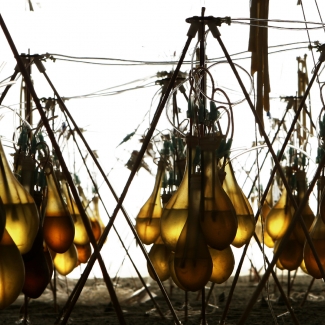
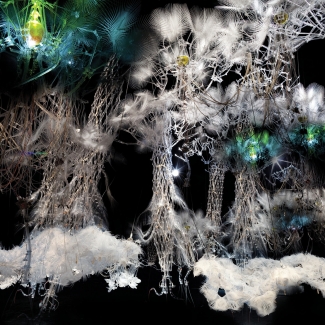
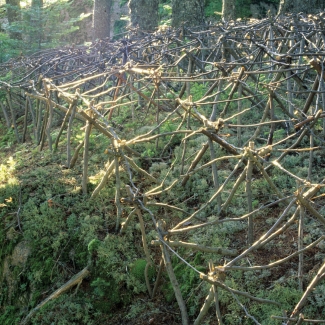
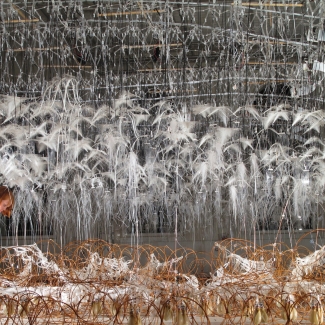
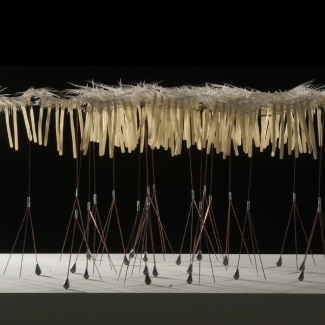
"For three decades, Philip Beesley’s research has demonstrated sustain, focus and depth, outside of the capability of traditional architectural practice."